Autumn travel: Celebrate Scotland's crown jewels
There are many sights and places of interest that have royal connections across the country.
Follow in the footsteps of royals at some of these stunning attractions that are currently open to visitors.
Glamis Castle
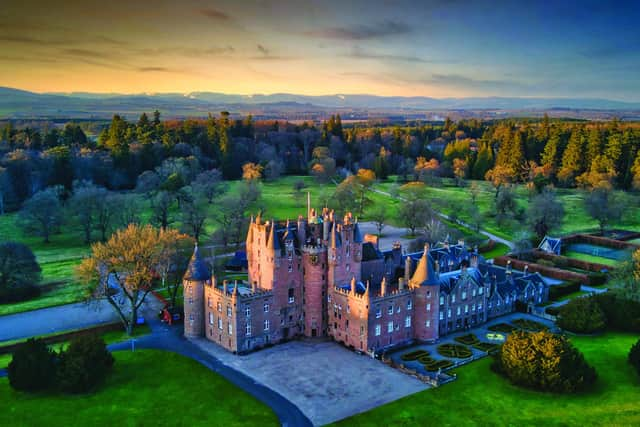

Advertisement
Hide AdAdvertisement
Hide AdGlamis Castle, in the heart of Angus, is the ancestral home of Queen Elizabeth the Queen Mother – formerly Lady Elizabeth Bowes-Lyon – and where she and Prince Albert, the future King George VI, spent part of their honeymoon.
The castle has been home to Earls of Strathmore and Kinghorne since 1372, and the building as it stands today was created from the 15th Century. Visitors can learn about the castle’s intriguing history, including how it inspired William Shakespeare’s Macbeth, welcomed Mary, Queen of Scots, and was the birthplace of Princess Margaret.
The Walled Garden has many fruits and vegetables that are used in the Castle Kitchen Restaurant, and a Monet-inspired bridge. The Pinetum, planted by the 13th Earl in 1870, features a range of trees including conifers native to America. Look out for roe deer, red squirrels and otters. Those with children can ask for an activity sheet to bring along the Nature Trail in the Pinetum.
Castle, gardens and grounds open daily, 10am to 5pm, and self-guided tours last around 50 minutes. Tickets are £15.50 for adults and £10 for children, with family tickets at £50.
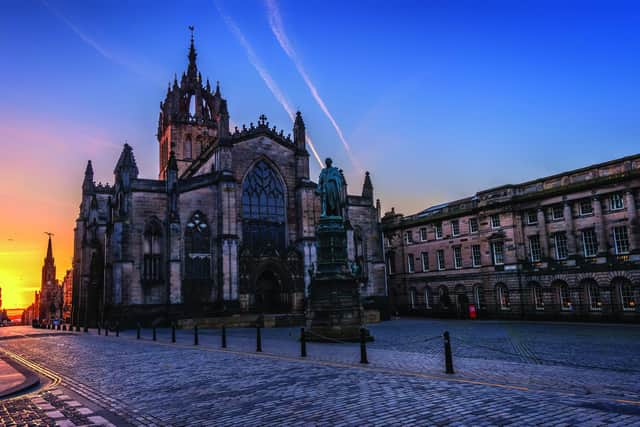

St Giles’ Cathedral
An estimated 33,000 people paid their respects to the late Queen at St Giles’ Cathedral in Edinburgh where she lay at rest for 24 hours before being flown to London.
St Giles’ is one of the country’s most important mediaeval church buildings and has a facinatingly rich history that pre-dates the surrounding Old Town.
Founded by King David I in 1124, it began life as a small Romanesque church. It was attacked and burned by Edward II’s army in 1322, and again by Richard II in 1385, before being rebuilt over the next 150 years.
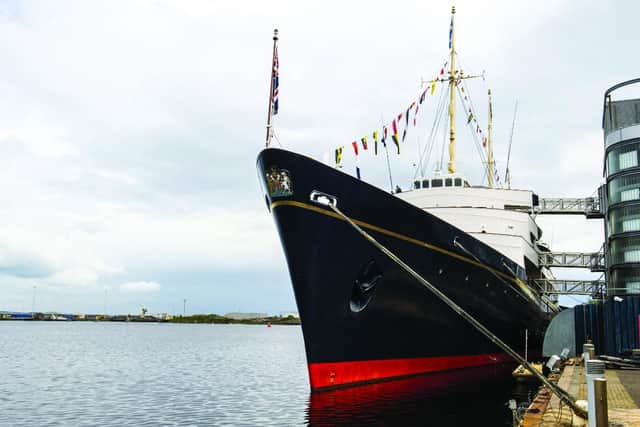

In 1466, Pope Paull II awarded St Giles’ the prestigious status of being a collegiate church, and it remained a Catholic place of worship until 1559, when Presbyterian John Knox was elected as St Giles’ minister.
Advertisement
Hide AdAdvertisement
Hide AdMarking her first visit to Scotland after her coronation, Queen Elizabeth II visited St Giles’ in 1953 for a Service of Thanksgiving, during which she was presented with the Honours of Scotland – the country’s crown, sword and sceptre.
The cathedral is open to visitors daily. Those on free 45-minute walking tours will learn from guides about the building’s foundations, royal rebellions and Knox’s Reformation, and can admire the Thistle Chapel, home of the Order of the Thistle – Scotland’s highest chivalric order.
Tours run from 10.30am and 2.30pm. An audio tour is available for £5.50.
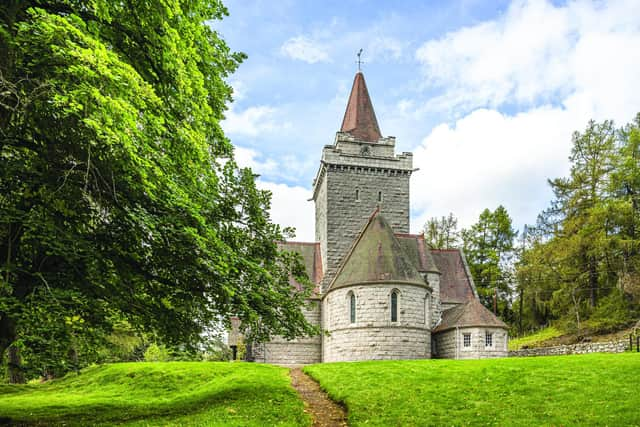

Royal Yacht Britannia
Leith Docks in north Edinburgh is the resting berth for the Royal Yacht Britannia, which served as a royal residence, transport and holiday home between state visits and official receptions for 44 years, but is now a leading tourist destination.
Built at the John Brown & Co. shipyard in Clydebank, this truly Scottish vessel was launched by Queen Elizabeth II in her coronation year.
Having travelled more than a million nautical miles during her service, the Royal Yacht Britannia, marked only by a crest and gold stripe, is one of the most famous ships in the world.
She has become a five-star attraction and events venue, where thousands of visitors have explored her five decks, and discovered the Queen’s favourite room. Other highlights include the engine room, crew’s quarters, Royal Sailing Exhibition and the on-board state apartments.
Children’s audio tours include the Corgi Cuddly Treasure Hunt. Admission times for October are between 10am and 3.30pm. There is also a sister ship close by, the Fingal, a five-star floating hotel with Scotland’s only two Michelin-starred restaurant.
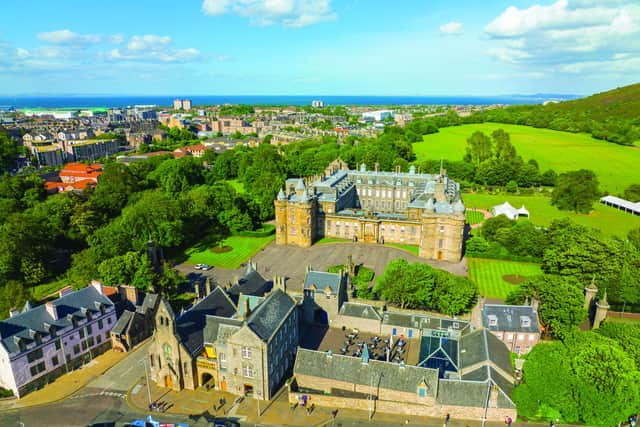

Advertisement
Hide AdAdvertisement
Hide AdBritannia tickets cost £18 per adult and £9 for children, while under-5s step aboard for free.
Crathie Kirk
When the royal family are at their Balmoral Castle summer residence, nearby Crathie Kirk –in the village of the same name, set among some of Scotland’s most impressive scenery – is their place of worship.
Down the years, it has also provided a great point of contact for the royals and the well-wishers who congregate around the kirk to observe them attend the regular sunday service.
The Gothic Revival structure that forms the current building was designed by Elgin architect Alexander Marshall Mackenzie and completed in 1895.
Now part of the Church of Scotland’s Braemar and Crathie Parish, it overlooks the River Dee and ruins of a 14th-Century church.
Visitors can admire the kirk’s unique architecture, stained glass windows, and the communion table made from Iona marble given to the church by George V and Queen Mary in memory of Edward VII.
They can also see where Princess Anne married Commander Timothy Laurence in 1992.
The kirk is open until the end of October between Monday and Saturday, from 10am until 4pm, and on Sunday, from 12.45pm to 4pm. The Sunday service begins at 11.30am.
St Andrews Cathedral
Advertisement
Hide AdAdvertisement
Hide AdSt Andrews, Fife, is best known by royal watchers as being the place where Prince William met Kate Middleton while both were studying at the university.
The historic town is full of interest, but no visit is complete without seeing the remains of St Andrews Cathedral.
It is one of the largest mediaeval churches in Scotland, and was begun in 1160. Now mostly in ruins, there still remains the east gable that housed the relics of St Andrew, south wall of the nave and the west front.
Visitors can explore the impressive architecture, see sculptures and relics found at the site in its museum, and enjoy unparalleled coastal views.
Open daily, 10am to 5pm. Tickets: £7 for adults, £2 for children.
Palace of Holyroodhouse
The Palace of Holyroodhouse in Edinburgh is the Monarch’s official residence in Scotland. Sited at the foot of the Royal Mile, it was originally founded as a monastery in 1128. In the 16th Century, King James IV built the palace.
The palace is open to the public throughout the year. You can’t miss the Grand Staircase, an impressive stone structure built for Charles II, which features huge tapestries.
The majestic dining room features a silver banqueting service presented to King George V and Queen Mary to mark their silver jubilee in 1935, plus a portrait of Queen Elizabeth II, and – in the former home of Mary, Queen of Scots – visitors can view a heart-shaped locket, adorned in blue glass, rubies and an emerald, made for her mother-in-law.
Advertisement
Hide AdAdvertisement
Hide AdThose with children should check out the family room, where there are plenty of fun activities and costumes for dressing up.
The Palace of Holyroodhouse is open Thursday to Monday, between 9.30am and 6pm, with the last admission at 4.30pm. (From 1 November until 31 March, last admission 3.15pm, closing time 4.30pm). Prices: adults, £17.50; aged 18 to 24, £11.50; children between five and 17, £10; under-5s free.